Cabinet documents reveal how John Howard led business push into China
Cabinet documents show an unashamedly pro-export Howard government prepared to back the rise of national business champions but was cautious over bigger reforms.
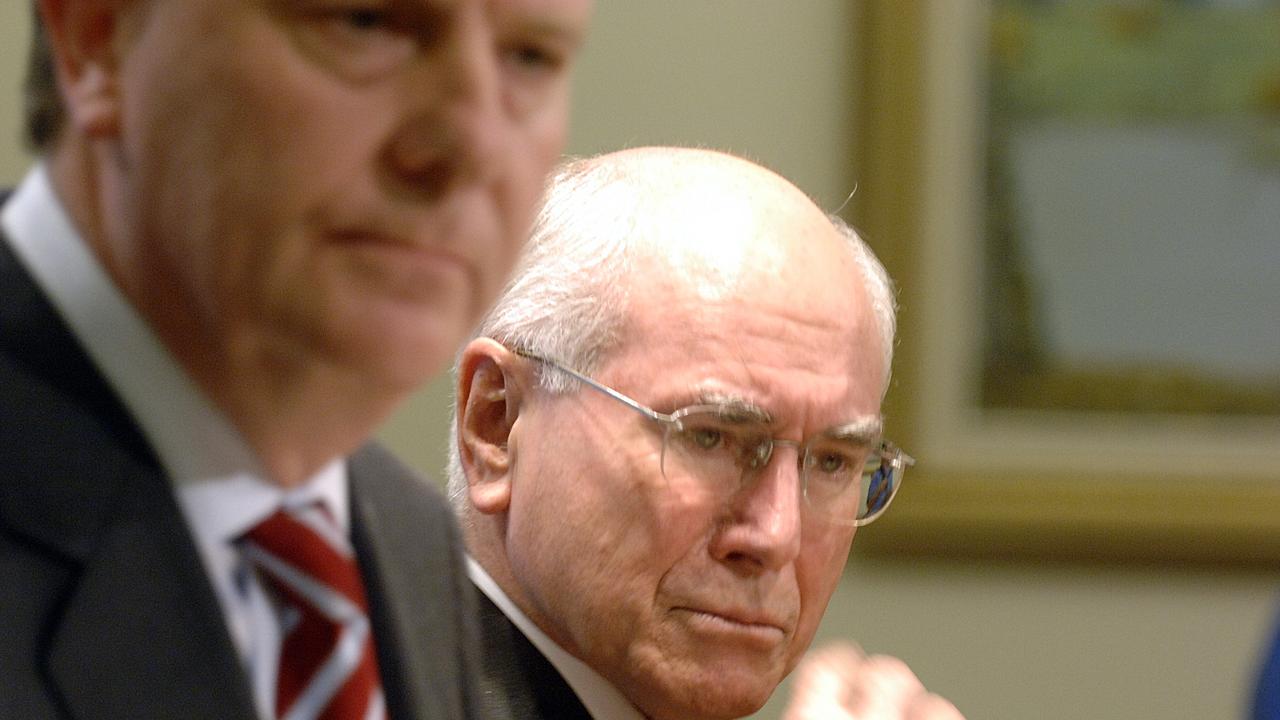
Business
Don't miss out on the headlines from Business. Followed categories will be added to My News.
An unashamedly pro-export Howard government was prepared to back the development of national business champions two decades ago, but moved more cautiously over bigger economic reforms.
The picture that has emerged from this week’s release of the 2002 previously secret cabinet documents under then prime minister John Howard and his treasurer, Peter Costello, shows a government identifying China as a potential major LNG export market and conditionally supporting a pressured car manufacturing industry. It attempted to open up the media industry to foreign ownership and scrapping cross-media restrictions in the face of the internet wave, a move that ultimately failed.
There was a less sympathetic view of the nation’s banks, which were described in changes driven by Costello as engaging in “collusive behaviour” in relation to credit card fees.
Key business decisions through the year also set the tone for climate policies for the next decade, and while a carbon emissions trading scheme was proposed in 2002, it too was never realised.
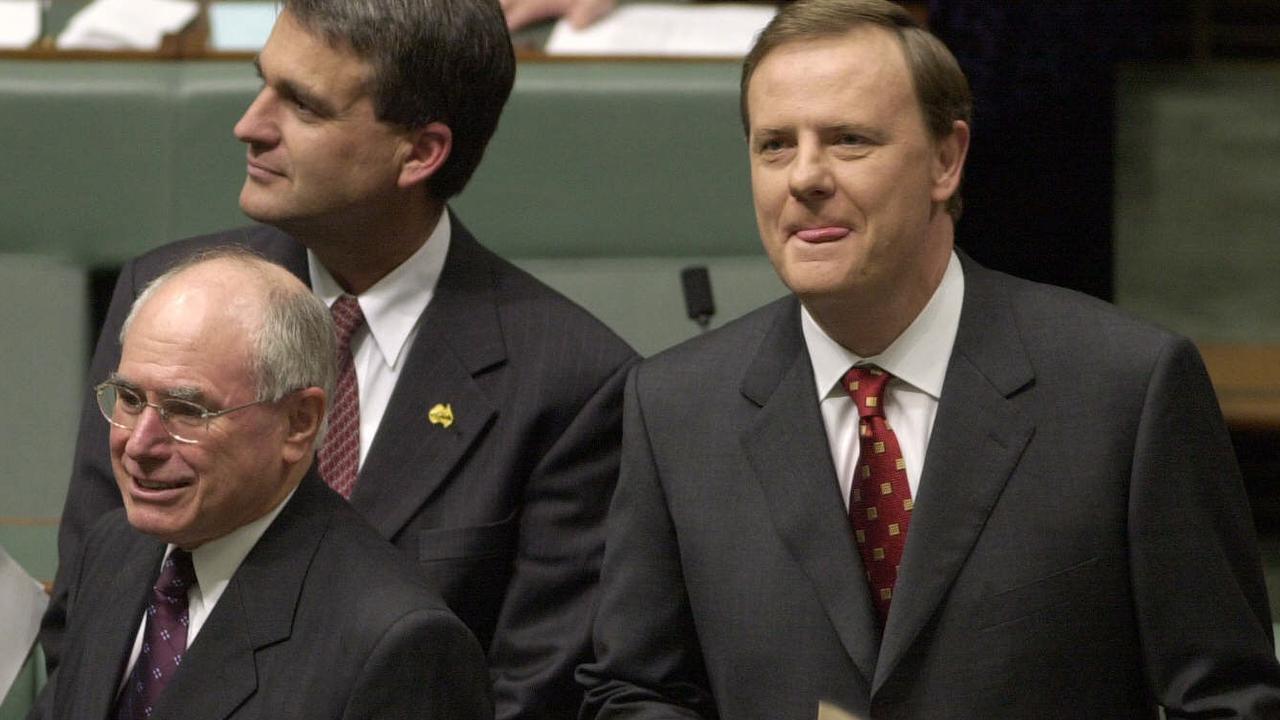
During the year cabinet decided to give the green light for $125m in funding for Rio Tinto to build an ambitious processing plant for low grade iron ore outside of Perth, in the face of strong objections of Treasury. The project moved ahead but was axed by the miner just years later.
The cabinet documents, released by the National Archives of Australia, under rules allowing them to become open to the public two decades after the year in which they were created.
With the Howard government entering its third term in 2002, business took a back seat that year as the political cycle dominated by asylum seeker policies and security issues with the September 11 terror attacks still raw, the war in Afghanistan unfolding and bombings in Bali later that year putting terrorism right on Australia’s doorstep.
For business it had been nearly two years since the dot.com collapse with the economy adjusting to a rising cash rate that moved to 4.75 per cent. A rebound in bulk commodity prices following years of low prices were again helping export earnings.
Rio Tinto boost
With iron ore sitting at below $US30 a tonne, Rio Tinto had been looking at building a processing plant with minority US and Japanese partners using its HIsmelt technology. This process was being closely watched with interest by Chinese steelmakers and proposed using uncommercial low grade ore – pig iron – but turning it into molten steel, which also promised a lower carbon footprint than conventional steel. The investment for as much as $1.2bn would also include the eventual construction of a steel mill on site. The cabinet documents reveal Howard was conscious of a bidding war for the plant with Washington offering Rio Tinto $269m to commercialise the technology in the US.
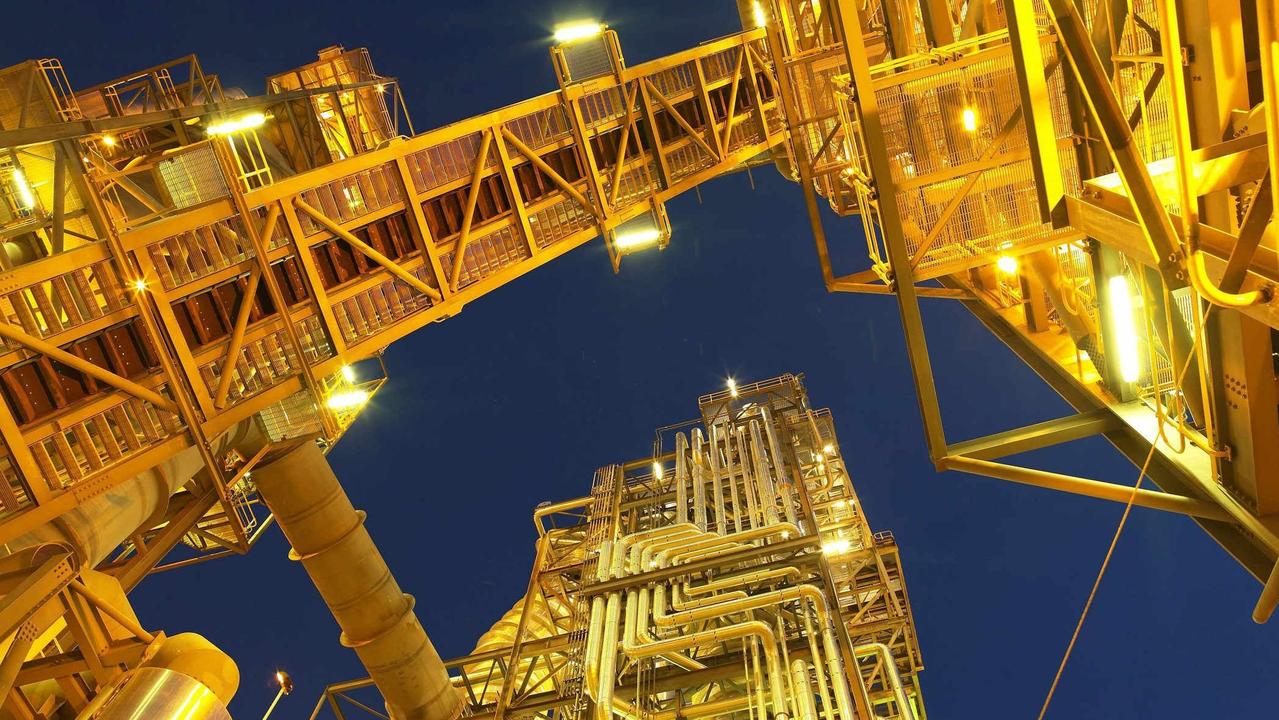
A briefing note warned that take-up of the US offer would result in the loss of Australian developed technology and of the future benefits that would derive from its commercialisation.
While the US project promised a higher return, Rio said it was prepared to accept the much lower returns of the project being based in Australia with some government backing, given the “perceived advantaged for an Australian JV over a US JV given technology and associated commodity sales contracts particularly in China due to assessed geopolitical risks (ie the implications of US-China tensions).
Howard personally launched the HIsmelt venture at the Australian Embassy in Beijing in 2002, arguing the project would further deepen the already close relationship between Australia and China.
But the newly released documents show the time Costello’s Treasury said while Rio Tinto would get a boost from the funding, the overall benefit to the “wider community is far from clear” with the direct impact on employment relatively small. It also argued the plant would put Australian steelmakers and other miners at a disadvantage.
The HIsmelt project, while increasing the value of some low-grade ore reserves, may depress the value of other reserves, it added.
“Were the technology used to improve the efficiency of steel plants in China, this could have a negative impact on existing Australian steel producers, especially in view of the current high levels of production and growing protection in world steel markets”.
There was a warning the funding could also put BHP – at the time developing its hot briquetted iron plant – at a competitive disadvantage. BHP had opted not to seek any funding for its HBI plant.
Initially $50m of government funding was put into the project but after it failed to hit key milestones the full $125m was never paid. Rio had issued forecasts to Canberra, estimating $539m of additional annual sales of iron ore by 2020, and an annual income stream of more than $200m from the patented technology. Rio shelved the project in 2008 with the technology failing to get off the ground. The steel mill was never realised.
China support
The same year also saw strong Howard government endorsement for Australia’s then small LNG export industry selling into China.
A Woodside and Shell-led consortium was looking for support to secure a record export deal valued at up to $25bn with China. This was the agreement that was set to fast-track the development of Australia’s massive LNG export industry. A deal was signed in December that year with shipments commencing four years later.
In March, the Howard government discussed the contract negotiations in cabinet and agreed on the importance of the developing LNG export market to China. While the details weren’t part of the cabinet minute it noted the government should encourage the Australian LNG consortium to “remain sensitive to Chinese concerns over price, equity and security of supply”. Interestingly, the same cabinet meeting that endorsed the LNG deal issued a separate minute noting that Howard did not propose to meet with the Dalai Lama who was planning to come to Australia, due to other commitments. The spiritual figure had long been a target of Beijing’s ire.
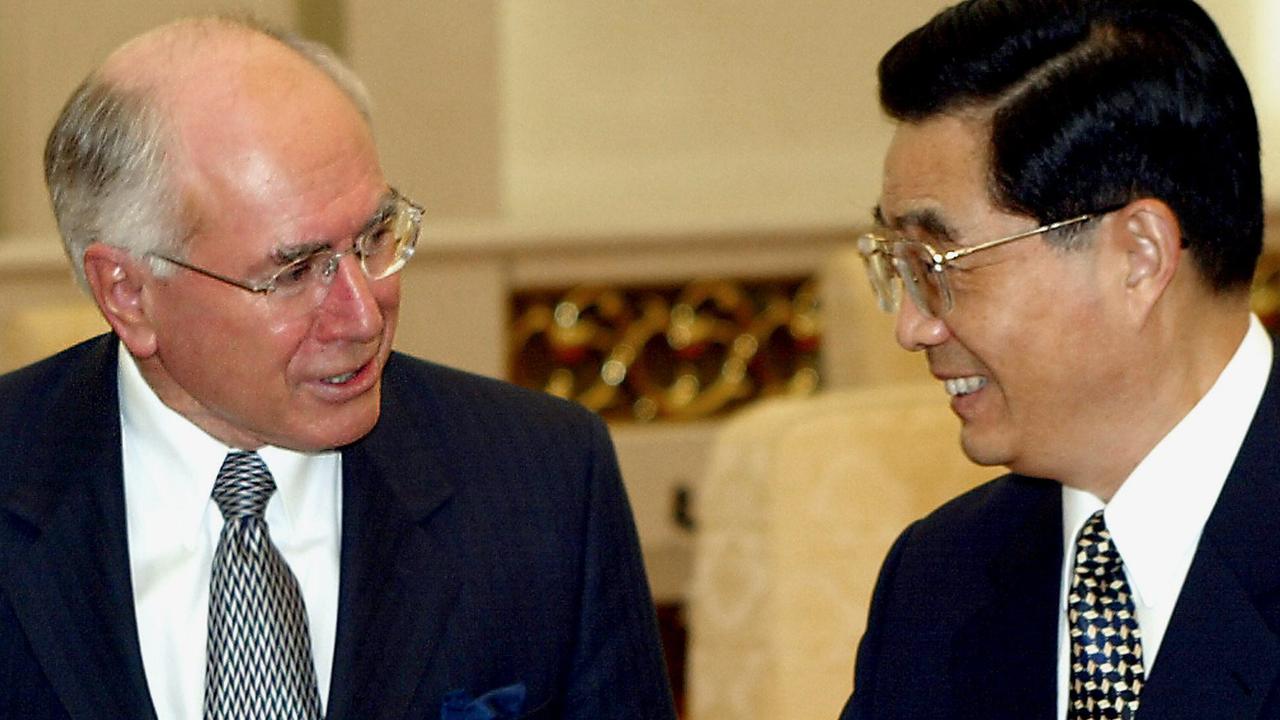
That year would also set the tone around how Australia intended to approach climate change as an economic policy. Canberra had been coming under global pressure for declining to sign on to the Kyoto Protocol some five years earlier to curb carbon emissions. Today, climate change issues have been pushed to the right to the top of the agenda of big business.
A lengthy briefing document prepared by the environment minister David Kemp and foreign affairs minister Alexander Downer proposed to undertake more consultation over climate policy. The paper noted Australia would strive for an “effective global response” to climate change, and would seek to limit emissions to 8 per cent growth over a decade on a 1990 baseline – which was in line with the Kyoto demands, but without signing up to the global framework.
The paper noted Australia’s participation in international climate change talks should be to protect its national interests – extending to competitive advantage in resources and energy.
Recommended options for hitting the 8 per cent target included the rollout of clean energy technology, reducing land clearing, and through the introduction into the economy of a low level market signal such as a “domestic emissions trading system”.
An attached briefing paper submitted by Treasury backed the government’s position on the Kyoto agreement arguing this wasn’t an effective global instrument for tackling climate change. Treasury said there was a need for a government-business dialogue and for industry “to shoulder some responsibility for reducing greenhouse gas emissions”.
It said over the long term, innovation in clean technology was the key to tackling climate change. It also warned any measures aimed at shielding sectors or regions from emissions reductions policies “would serve to raise the overall economic costs to Australia of reducing emissions” and being counter-productive in terms of sending market signals.
Media reforms
Meanwhile, a major package of media reforms pushed by cabinet in 2002 mostly sought to open up free-to-air broadcasting as Howard sought to scrap existing rules over foreign ownership of TV and remove cross-media restrictions which were designed to prevent the one owner from controlling a TV station, radio and newspapers in the same market.
At the time Nine was still controlled by the Packer-backed PBL and Kerry Stokes controlled Seven and Canada’s CanWest had a key stake in Ten and there was speculation that Fairfax and Ten could merge, while PBL had also been circling Fairfax.
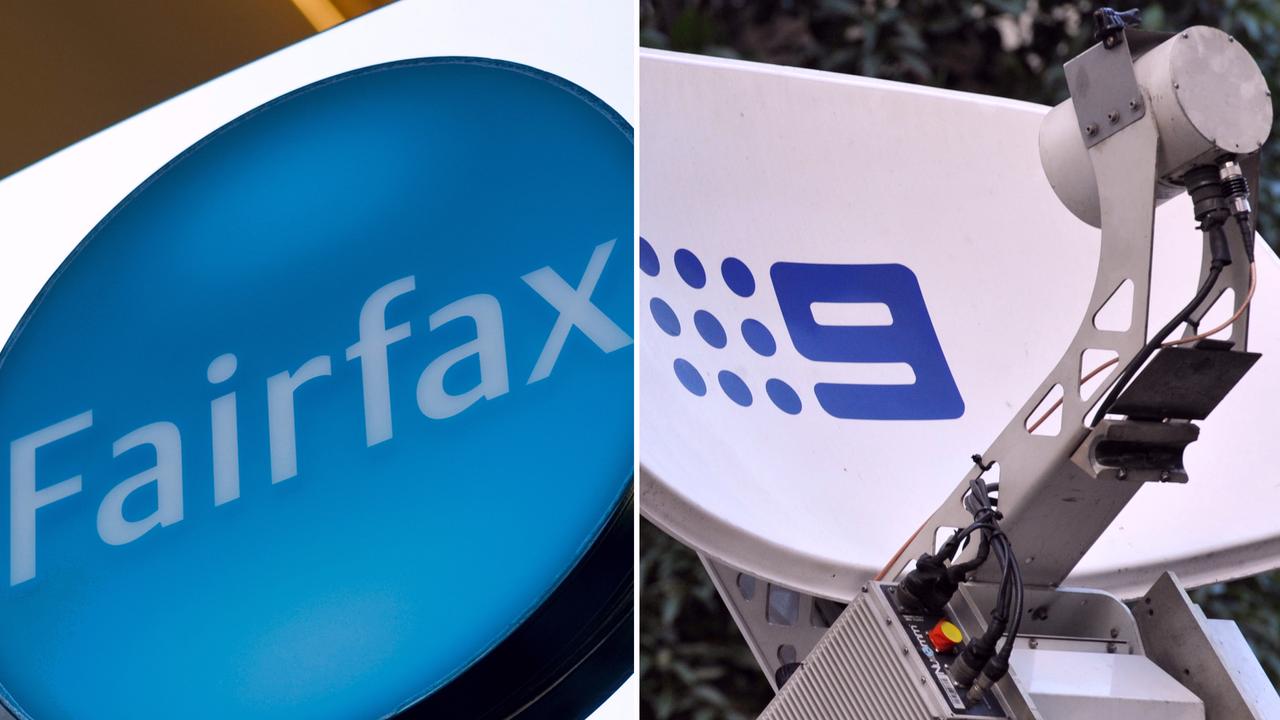
The then Communications minister Richard Alston noted in a briefing paper the changes would provide greater potential for investment in media, particularly around the slow rollout of by TV networks of digital broadcasting services. Indeed the changes around cross media rules were coming about as the internet was starting at the start of up-ending the entire media business model, including through online broadcasting. The package attempted to anticipate digital technology and new players, although it ultimately failed as the Howard government wasn’t able to secure the support of the Senate for the changes and the proposals lapsed by the 2004 election.
A cabinet briefing paper noted at the time broadcaster enthusiasm for moving to HDTV remained mixed although Nine’s commitment was driven by concern over the rise of pay TV player Foxtel. It also floated the prospect of a new “digital only” broadcaster.
“The pay TV sector has been the primary driver of digital overseas and could potentially play a strong role in Australia by providing a competitive spur to the free to air broadcasters”. There was a push to also scrap the so-called “anti-siphoning” regime preventing some sports codes including cricket, rugby and football moving exclusively to pay television, although this was resisted by Howard’s Department of Prime Minister and Cabinet.
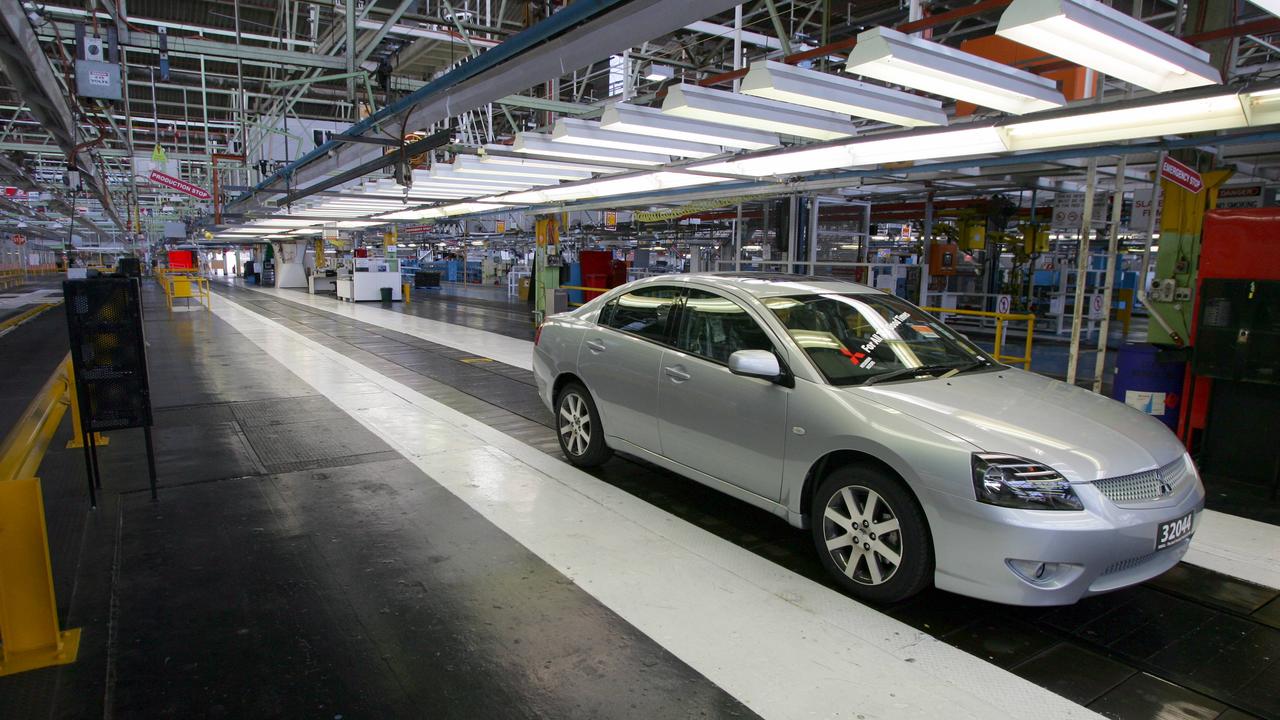
In April of that year cabinet signed off on a $35m assistance package to carmaker Mitsubishi Australia for investment in its Adelaide plant to produce a new model (which became the Mitsubishi 380) for export markets and the establishment of a global research centre in Australia. The funds matched an investment from the South Australian government with the over investment set at $1bn and promised to establish 900 manufacturing jobs.
There was little analysis or discussion around the funding although Howard cabinet added a specific note that Australia’s car industry had a “relatively poor performance in taking advantage of the flexibilities offered by the commonwealth’s workplace relations regime”. The make-or-break model couldn’t crack the export market or turn around the fortunes of the car maker, which ended manufacturing here in 2008.
johnstone@theaustralian.com.au
Originally published as Cabinet documents reveal how John Howard led business push into China







